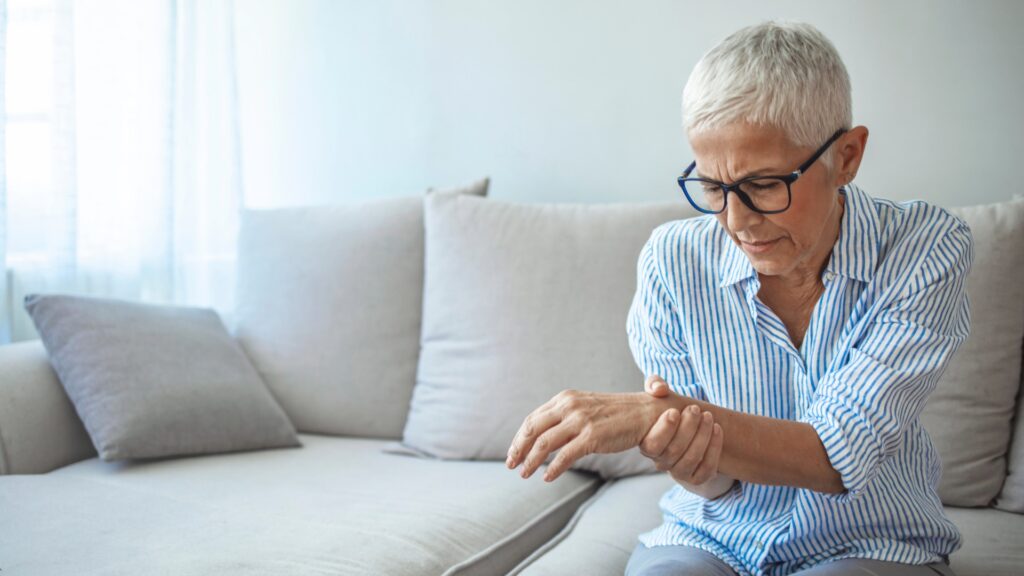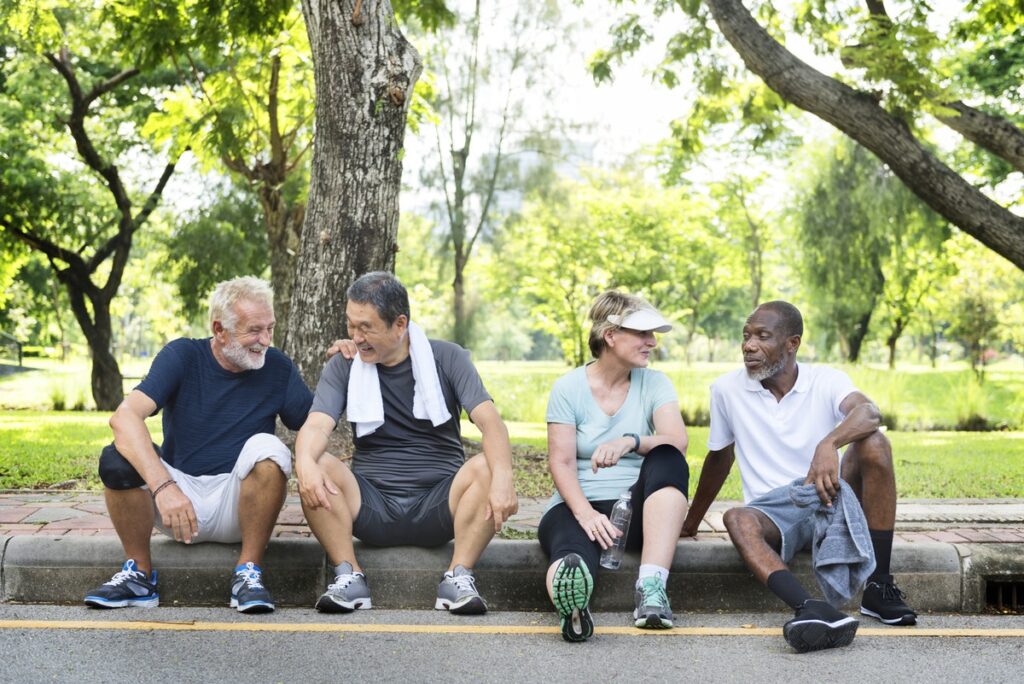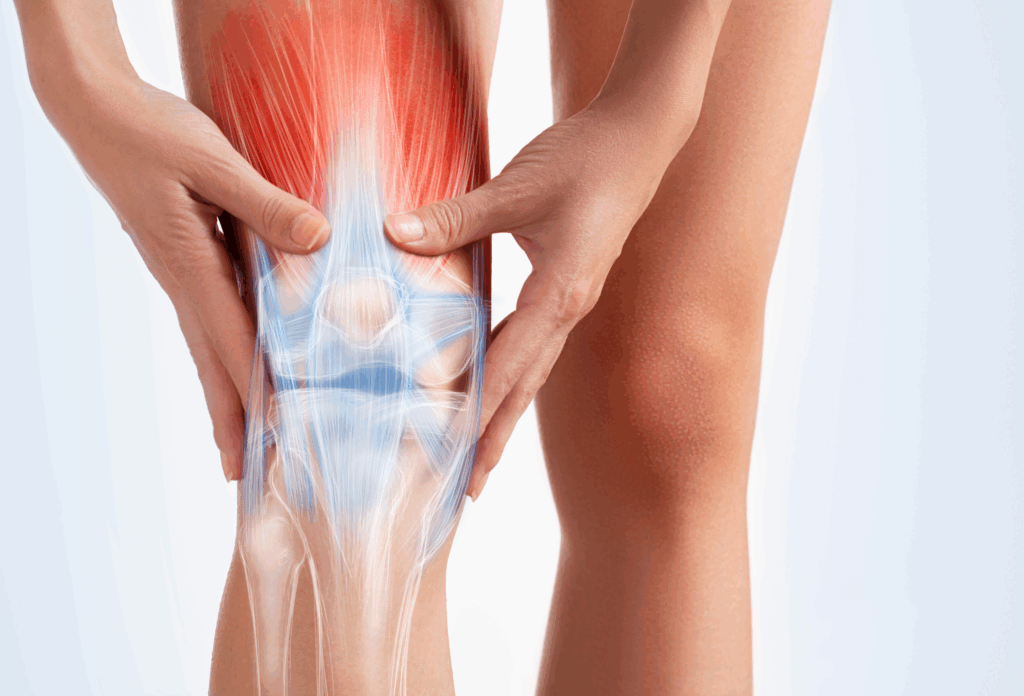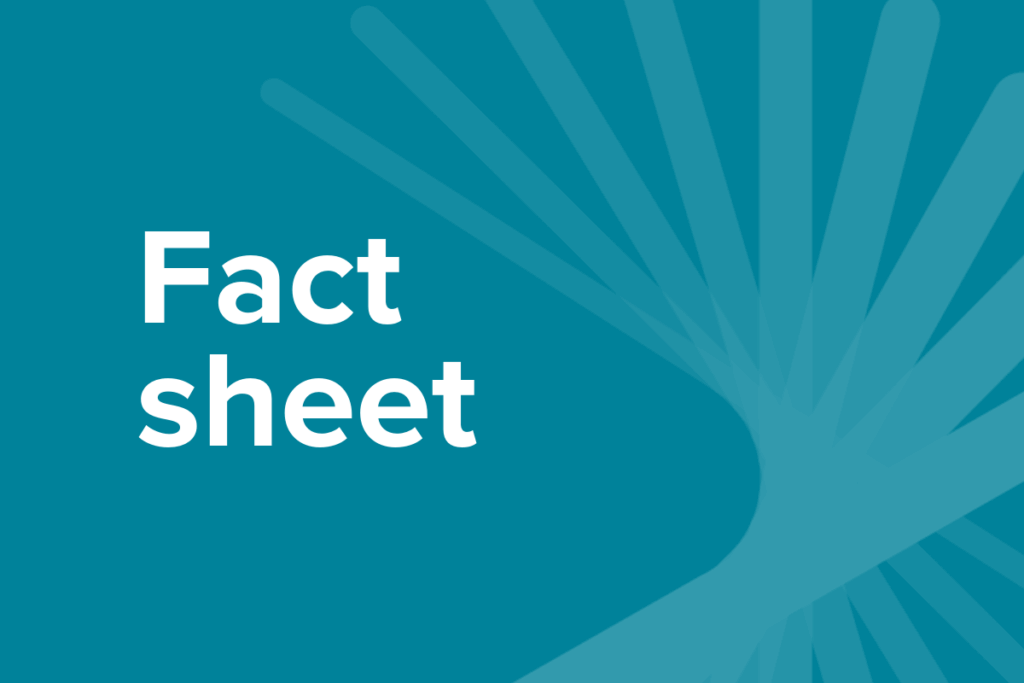Osteoarthritis
Arthritis or osteoarthritis is a common chronic disorder of the joints and mainly affects older people. In healthy joints, cartilage covers the surface of the joint and helps to absorb shock and allows for smooth movement.
In arthritis; the cartilage breaks down, tearing the ends of the bone unprotected and the joint loses its ability to move smoothly. The most common joints affected by arthritis are hips, knees, big toes, spine and hands.
Home / Osteoarthritis

How does exercise help with arthritis?
Although pain and functional limitations present challenges to physical activity among individuals with arthritis, regular exercise is essential for managing these conditions. Specifically, exercise reduces pain, maintains muscle strength around affected joints, reduces joint stiffness, prevents functional decline, and improves quality of life. Exercise can be effective in relieving symptoms as pain medication and anti-inflammatory drugs, but has fewer side effects.
Things to remember
- Avoid strenuous exercises during acute flares and periods of inflammation. However, it is appropriate to gently move joints through their full range of motion during these periods. Allow ample amount of time to warm up at a low intensity level to minimise pain.
- Progression in duration of activity should be emphasised over increased intensity.
- There maybe a little bit of soreness in the arthritic joint during exercise – this is normal and does not mean that the arthritis is getting worse. However, if there is significant pain or swelling during or after exercise then the program may need to be revised.
- Joint range may be restricted due to arthritic changes in the joint and swelling, it is important those with arthritis don’t push through those restrictions, over time the range of motion should gradually be increased by working to the range manageable.

What type of exercise is best for arthritis?
Research shows that exercise can help people with a wide range of arthritic severity and pain. It is important people with arthritis choose a type of exercise that they enjoy and that can be easily incorporated into their daily life. Exercise Right recommends aiming to exercise 4 to 5 times a week for at least 30 minutes.
- Strength training particularly the thigh, hip and calf muscles, which are important for daily function, are often weak in people with arthritis. Resistance can be applied with weights, elastic tubing or body weight. Start lightly completing 2-5 repetitions using pain threshold as an index of intensity, as they improve gradually increase to 10-12 repetitions of an exercise.
- Aerobic exercise such as walking, cycling, using a rowing machine or a seated stepper. High-impact exercises such as jogging should be avoided because it places high loading on the affected joints.
- Aquatic (water) exercise can be done 1:1 or in a class or group. Those with severe arthritis may find aquatic exercise useful, as the weightlessness minimises the load on your joints.
- Other types of exercises such as tai chi, balance exercises and stretching will improve flexibility and the range of motion of affected joints. It is important to always stretch within a painfree range of motion.
Frequently asked questions
What is an Accredited Exercise Physiologist (AEP)?
An Accredited Exercise Physiologist (AEP) is an allied health professional that prescribes individualised exercise therapy to help people manage their chronic conditions, disabilities, long-term injuries and so much more. They are the most qualified professionals in Australia when it comes to the prescription safe and effective of exercise therapy.
Who should see an AEP?
Anyone who wants to move safely and improve their health can benefit. From chronic conditions to injury recovery, or simply wanting advice on how to exercise right, an exercise physiologist is the expert to see.
Is an AEP covered by Medicare or private health insurance?
Yes. As allied health professionals, exercise physiology services are recognised in government health funding including Medicare, National Disability Insurance Scheme (NDIS) and Department of Veteran’s Affairs (DVA), workers’ compensation and private health insurers. It’s important that you check with your provider as coverage can vary.
Where can I find an AEP?
Use recognised directories like Exercise & Sports Science Australia (ESSA), ask your GP or look for allied health clinics with AEP credentials.
You may also like

Using exercise to manage psoriatic arthritis
What is psoriatic arthritis? Psoriatic arthritis (PsA) is a chronic inflammatory type of arthritis that leads to pain, stiffness, and swelling. It’s characterised by morning stiffness in particular, and affects the skin as well and the joints, a key difference from rheumatoid arthritis. Being an autoimmune condition, managing PsA can be challenging, but incorporating exercise […]

